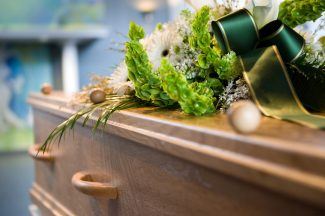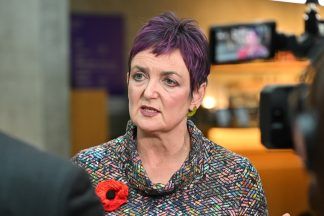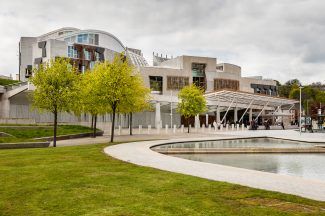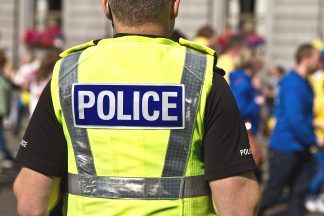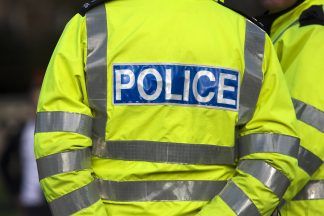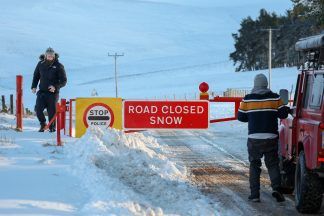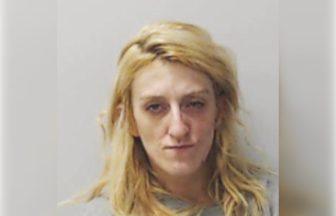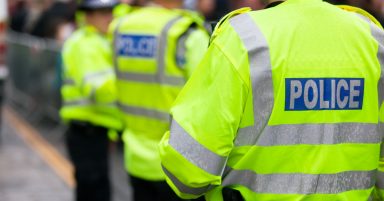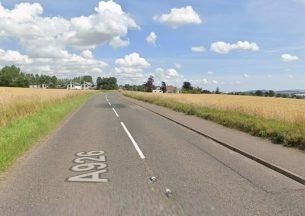Reconstructions of people who lived thousands of years ago are to go on display at a new museum exhibition.
A Bronze Age woman who suffered lower back pain 4,000 years ago, a young medieval man who was murdered and a 16th century nun who had a limp are among people from Perthshire’s past that have been brought to life using advances in DNA and facial reconstruction technology.
The exhibition will form part of the new Perth Museum when it opens at the end of next month.
Mark Hall, Perth Museum collections officer said: “The oldest person we’ve looked at is a woman that was excavated from a burial near Rattray and she is of Bronze Age date so nearly 4,000 years old. Then, we have a Pictish chap from the Blair Atholl area.
“He’s about 1,500 years old and in one case we have a young man from medieval Perth who we think was murdered.”

The human remains were analysed by scientists at Aberdeen University who used the latest advances in ancient DNA and forensic science.
Aberdeen University archaeologist Dr Rebecca Crozier said: “We start with the basics, which is just looking at the bones themselves. But in order to do the reconstructions, that requires a bit more things that go ‘bing!’
“We did some micro CT scanning, it slices through and those images are sent and reconstructed in software to create the face.
“Originally, I thought ‘I don’t think we can do this’ because we don’t have an in-tact cranium.
“But we were able to send the fragmented parts and then could reconstruct them with the software.”

Dr Chris Rynn, a craniofacial anthropologist, used the science to sculpt the faces combining traditional methods with cutting-edge technology.
He said: “It’s all digital but it’s also all manual, none of it’s automated. It’s like a 3D interface that’s essentially a sculpting tool and I can feel the digital skull on screen.
“All the muscles are sculpted in wax and 3D scanned, so I’m going back and forth between traditional sculpture and digital sculpture.
“The other thing I did was move to the area so I could get a good look at the people around here. I’ve lived up here for the last two years and I’ve just been looking at faces, getting a sense of what people from Perthshire look like.”
He added: “Scotland’s history of the clans is still recognisable. Roots run deep and it’s written on people’s faces, still.”
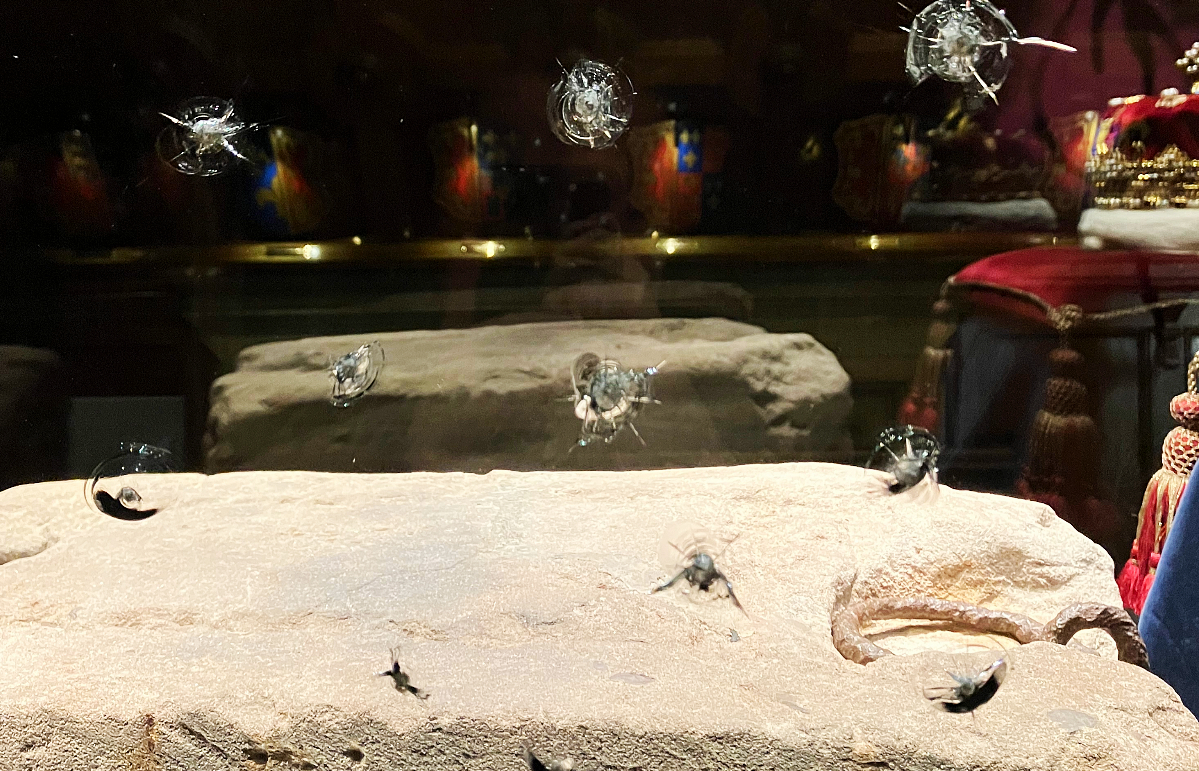 HES
HESThe Stone of Destiny has been in Edinburgh since 1996 but the historic crowning seat of Scottish monarchs will soon be moved to Perth to form the centrepiece of the new museum.
Mr Hall added: “Perth and Scone were like a twin symbiotic place in the medieval period.
“The King would invariably visit both these places when he was at one or the other. It really does feel like a homecoming and a place where the Stone was originally made for.”
Follow STV News on WhatsApp
Scan the QR code on your mobile device for all the latest news from around the country






